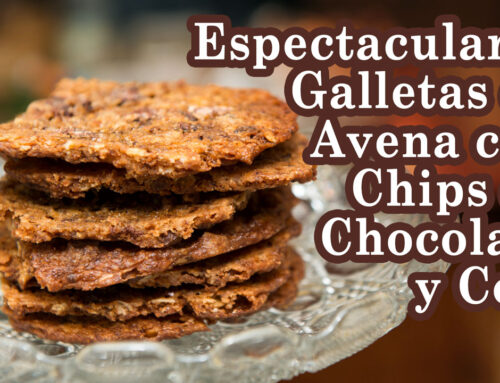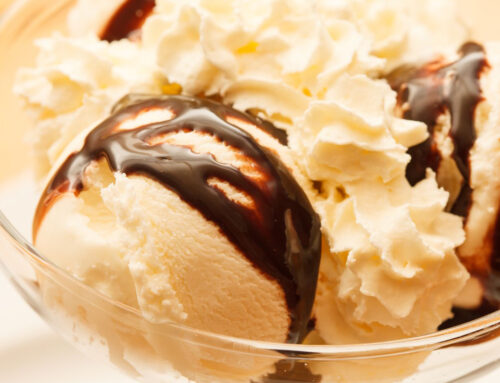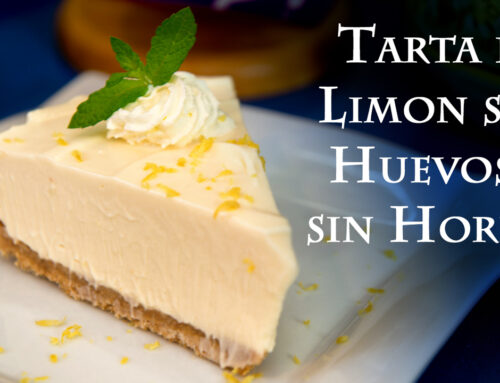Ingredients:
• 250 Ml or 1 cup of water
• Little Less 1/2 cup (100 gr ) unsalted butter, cut into 1/2-inch pieces
• 1 Teaspoon sugar
• 1 Teaspoon salt
• 1 1/4 cups, Aprox (150 gr) all-purpose flour
• 4 Large eggs, plus 1 large egg white
Directions:
Preheat oven to 200ºC/400ºF
1. Bring butter, sugar, salt, and 1 cup water to a boil in a medium saucepan. Remove from heat. Using a wooden spoon, quickly stir in flour. Cook over medium-high heat, stirring constantly, until mixture pulls away from sides and a film forms on bottom of pan, about 3 minutes.
2. Transfer to the bowl of an electric mixer fitted with the paddle attachment. Mix on low speed until slightly cooled, about 1 minute. Raise speed to medium; add whole eggs, 1 at a time, until a soft peak forms when batter is touched with your finger. If peak does not form, lightly beat remaining egg white, and mix it into batter a little at a time until it does.
Choux pastry, or pâte à choux is a light pastry dough used to make profiteroles, croquembouches, éclairs, French crullers, beignets, St. Honoré cake which are sweet and savory choux such as gougères. It contains only butter, water, flour, and eggs. Instead of a raising agent it has a high water content. The water in the mixture creates steam during cooking which forces the pastry to expand in volume, leaving it with a hollow centre and a light texture. Choux pastry is usually baked but for beignets it is fried.
We are going to make the basis for all these sweet and savory recipes – Choux pastry.
Today we will make profiteroles or cream puffs or petisus with a whipped cream filling and chocolate glaze.
In English it is known as Cream puff, also profiteroles. In Spanish we know it as petisus perhaps from the 18th century name of petits choux.
Origins:
Patê à Choux «Puff paste is thought to have been perfected by the brilliant pastry chefs to the court of the dukes of Tuscany, in the fifteenth century and brought to the royal court of France by Marie de Medici.»In the eighteenth century small Choux Buns were created which resembled cabbages — choux in French – from there the name pate a choux.
Profiteroles The word originated in French as a diminutive form of profit, and so etymologically means ‘small gains’–and indeed it may to begin with have denoted a ‘little something extra’ cooked along with the master’s main dish as a part of the servants’ perks.»
A croquembouche or croque-en-bouche is a traditional French dessert. The name comes from the French words croque en bouche, meaning ‘crunch in the mouth’. often served at weddings, baptisms, and first communions and New Year´s and holidays. This is a form of choux pastry that is generally served as a high-piled cone of cream-filled profiteroles all bound together with threads of caramel.
Saint Honore cake , A Parisian gateau, Saint Honoré takes its name from the patron saint of bakers and pastry cooks. It is also said that its name comes from the fact that the pastry cook Chiboust, who create the cream which is used in it, set himself up in the Rue Saint-Honoré in Paris.»
Gougère is a baked savory choux pastry made of choux dough mixed with cheese. Gougères are said to come from Burgundy.






